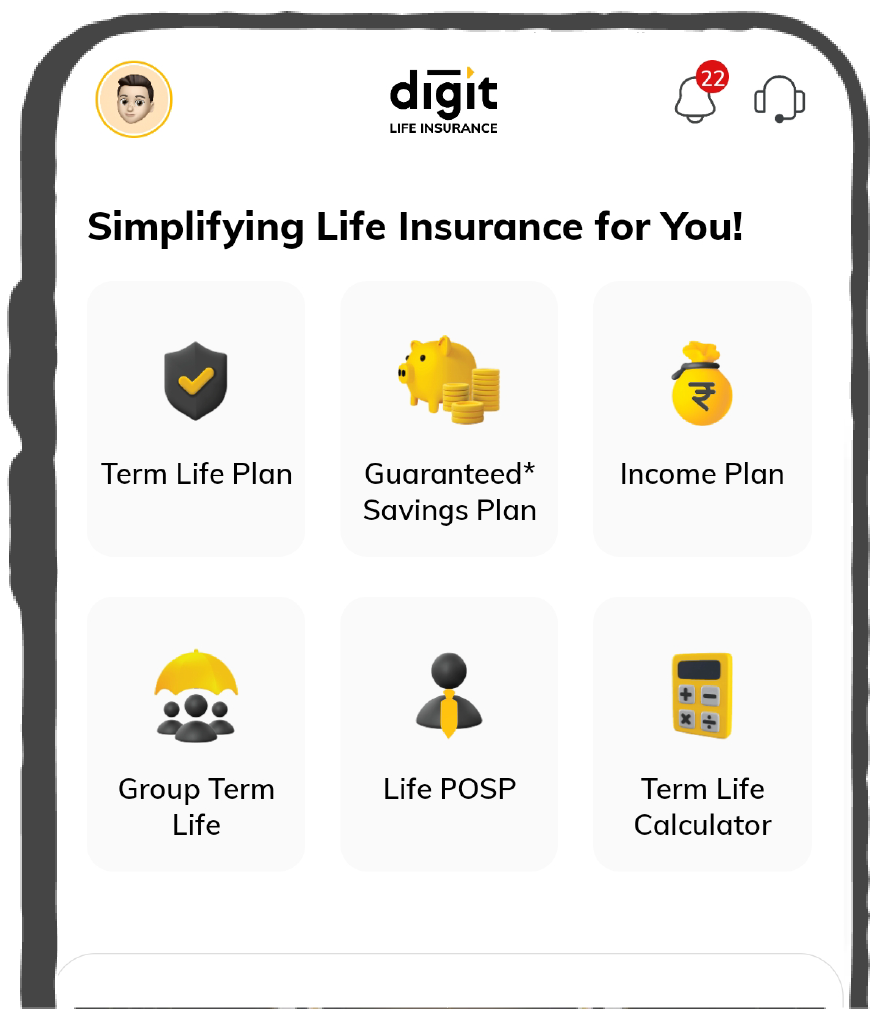Simplifying Life Insurance in India
What is the Paid Up Value of a Life Insurance Policy?
Life can be unpredictable, and paying premiums regularly isn’t always possible. The paid-up value is the reduced sum assured you receive when you stop paying premiums but keep the policy active. This option helps preserve part of your benefits without losing everything you’ve invested.
In this article, we’ll explain what paid-up value means, its advantages and disadvantages, and whether it’s the right choice for you.

Table of Contents

What is a Paid-Up Life Insurance?
A paid-up policy is a type of life insurance plan that continues to cover the policyholder even if they stop paying premiums, as long as they have paid premiums for the required period, usually 2 to 3 years.
This feature is usually found in investment-based policies like endowment plans, ULIPs, and money-back policies, but not in term insurance plans.
What is the Paid-Up Value in a Life Insurance Policy?
How Does a Paid-Up Life Insurance Policy Work?
Here's a simple breakdown of how a paid-up policy in life insurance works:
Policy in Force
The policy must be active for at least 2–3 years before it becomes eligible for paid-up status.
Cash Value Growth
A portion of your premiums builds cash value over time, which grows on a tax-deferred basis.
Conversion to Paid-Up
If you discontinue premium payments after the required period, the policy automatically converts to a reduced paid-up policy using the accumulated cash value, maintaining the policy with a lower sum assured.
Reduced Coverage
The death benefit decreases in proportion to the available cash value and the policyholder’s age at the time of conversion.
Riders Discontinue
Add-on riders such as accidental death or critical illness benefits do not continue once the policy is converted to paid-up status.
No Further Premiums
After conversion, no further premiums are required, but the policy continues to remain in force.
Policy Continuation
The paid-up policy stays in force until maturity or the policyholder’s death, whichever comes first.
What are the Benefits of a Paid-Up Life Insurance Policy?
Ongoing Life Coverage
Even in the absence of future premium outflows, the policy continues with a reduced sum assured, offering lifelong protection.No Chance of Policy Lapse
The policy will not lapse due to non-payment, providing policyholders with peace of mind.Financial Relief
No additional premium payments, providing relief during financial downturns.Cash Value Build-Up
In a paid-up status, cash value growth is minimal unless the policy is specifically designed to support it. While bonuses may still be added, interest accumulation is generally limited.Loan Facility
If the policy has a surrender value, loans can be taken against it, providing fiscal flexibility.Bonuses Retained
Basic reversionary bonuses continue to be linked to the reduced paid-up sum assured in life insurance policies that include this provision.Tax Benefits
The premiums paid qualify for tax deductions under Sections 80C/80D, and the benefits received qualify as tax-free under Section 10(10D) of the Income Tax Act, 1961.What are the Drawbacks of a Paid-Up Life Insurance Policy?
Reduced Coverage
The initial life coverage is reduced according to the premiums paid, which may not be adequate for your loved one's future needs.Rider Loss
Benefits such as accidental death or critical illness riders can be lost once the policy has been converted to paid-up status.No New Bonuses
Once the policy has been converted, no additional bonuses are added, but previously accrued bonuses remain, which can cap the overall value of the policy in the long run.Surrender Charges
Converting to paid-up usually has no penalty because it’s a built-in nonforfeiture option. Surrendering the policy for cash often attracts surrender charges.Impact on Maturity Benefits
The final maturity value will be significantly lower, as it is calculated based on reduced premiums and without further bonus accruals.How to Calculate Paid-Up Value for Life Insurance Policies?
Consider a situation where a policyholder purchases a life insurance plan requiring annual premium payments for 12 years, with a total sum assured of ₹45 lakhs. However, the individual is only able to pay premiums for the first 4 years.
Paid-Up Value Calculation for the Given Scenario:
- Sum Assured = ₹45,00,000
- Premium Term = 12 years
- Premiums Paid = 4 years
The paid-up value of a life insurance policy is calculated using a simple formula:
Paid-Up Value = (Sum Assured × (Premiums Paid ÷ Total Premiums Payable)) + Accrued Bonuses (if applicable)
Paid-Up Value = ₹45,00,000 × (4/12) = ₹15,00,000 (plus any bonuses)
Transitioning to a paid-up policy is a beneficial option for policyholders who are unable to continue paying their life insurance premiums. Rather than forfeiting all advantages, the policyholder maintains a degree of coverage. This ensures the policy continues with reduced coverage instead of lapsing.
However, before making a decision, it is recommended to seek advice from your life insurance advisor.
How Does the Paid-Up Value Differ from the Surrender Value?
The paid-up value and surrender value differ mainly in how the policy continues and what you receive from it. When a life insurance policy becomes paid-up, you’ve stopped paying premiums after a minimum period (usually 3 years), and the policy remains active with a reduced sum assured. You continue to enjoy life cover, and any bonuses stay attached, payable at maturity or upon death.
In contrast, when you surrender a policy, you choose to terminate it entirely in exchange for an immediate lump-sum payout, the surrender value. Once surrendered, the policy ends, and you lose all future benefits. In short, paid-up status retains limited coverage without further payments, while surrendering provides instant cash but ends the policy altogether.
Is a Paid-Up Life Insurance Policy Good for You?
A paid-up life insurance policy can be the perfect fit for you if the time comes when you can no longer fund your premium payments, but some life coverage should be retained. It provides a reduced death benefit and helps in maintaining your policy’s value to a certain degree, compared to surrendering the plan.
However, before switching to a paid-up policy, you should assess your financial situation, long-term goals, and coverage needs. It is advisable to consult a financial planner who can guide you through this decision and determine whether this option aligns with your overall insurance strategy.
Other Life Insurance Plans to Explore
A paid-up life insurance policy can be a wise financial move when it is no longer possible to pay premiums. It ensures that you maintain a portion of your life coverage without losing the entire benefits.
Though the paid-up value in life insurance may be less than the original sum assured, the option remains a vital financial backup plan. However, always consult your insurance advisor before deciding to ensure it aligns with your long-term objectives.
FAQs about Paid Up Life Insurance Policy
What happens when I surrender a paid-up policy?
How is the paid-up value calculated in life insurance?
How can I change a policy to a paid-up policy?
Can every life insurance policy be changed to a paid-up policy?
Why go for a paid-up policy if you cannot continue to pay premiums?
When can I opt for a paid-up life insurance policy?
Can I cash out a paid-up life insurance policy?
Other Important Features of Life Insurance
Latest News
Read More




















